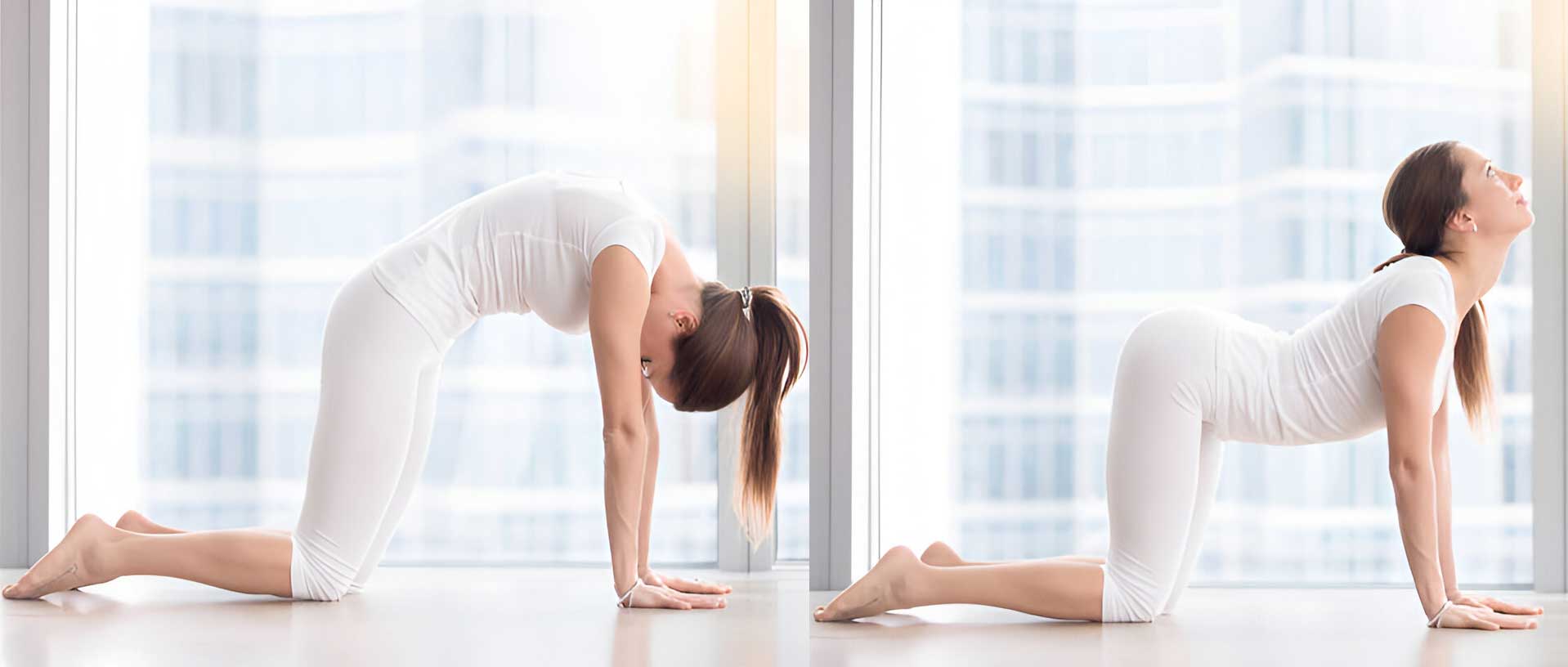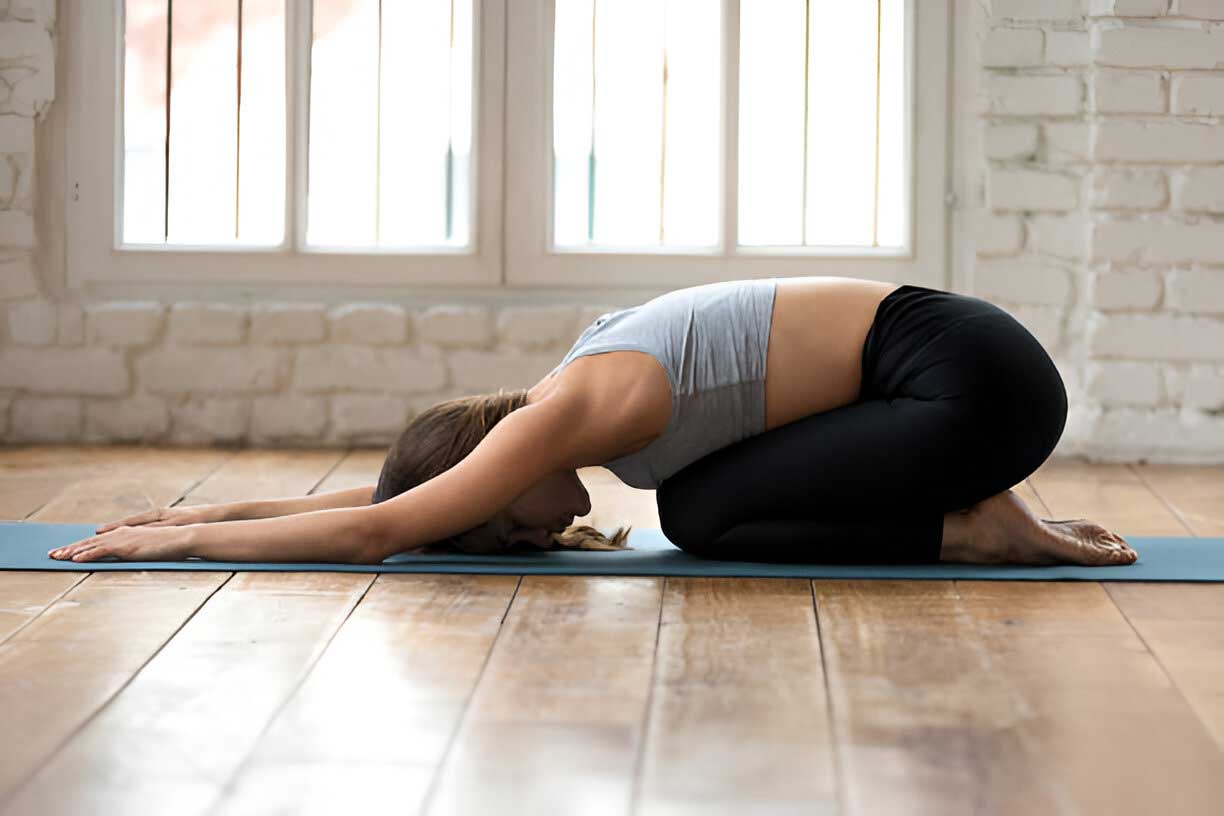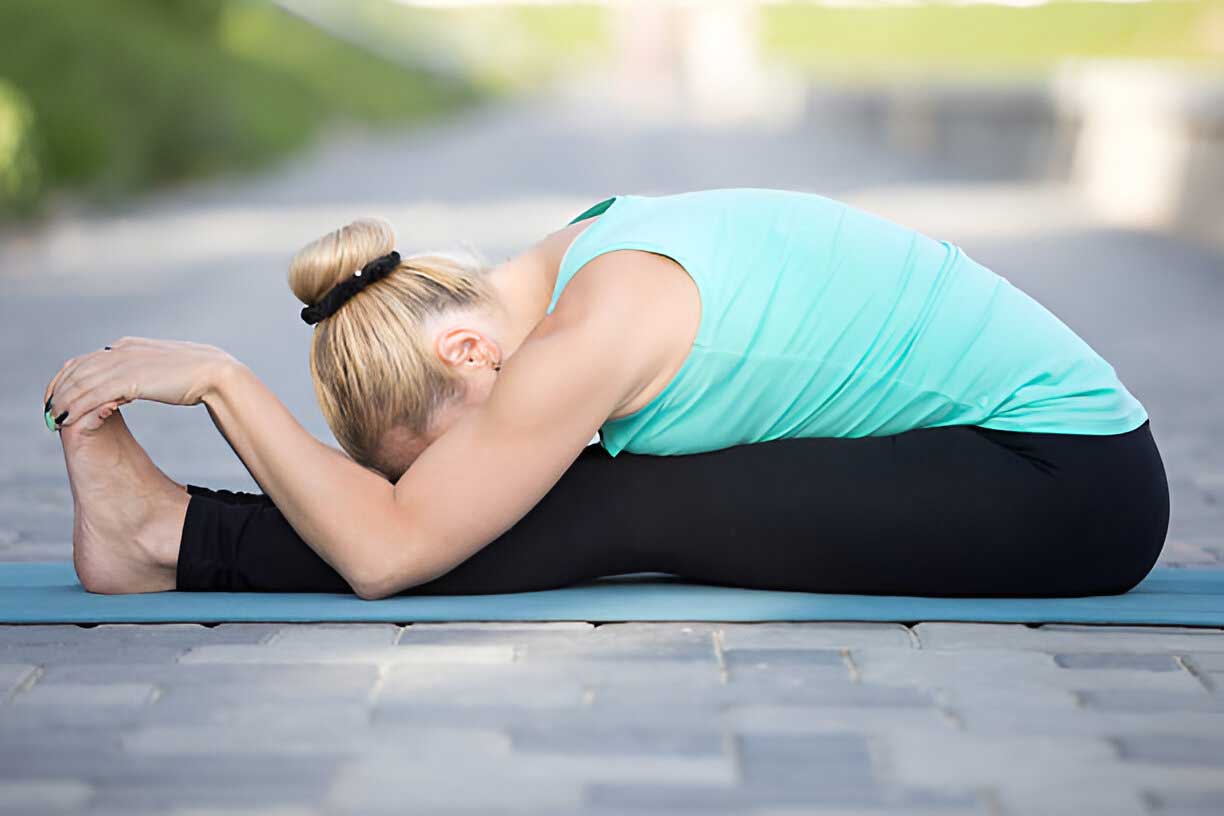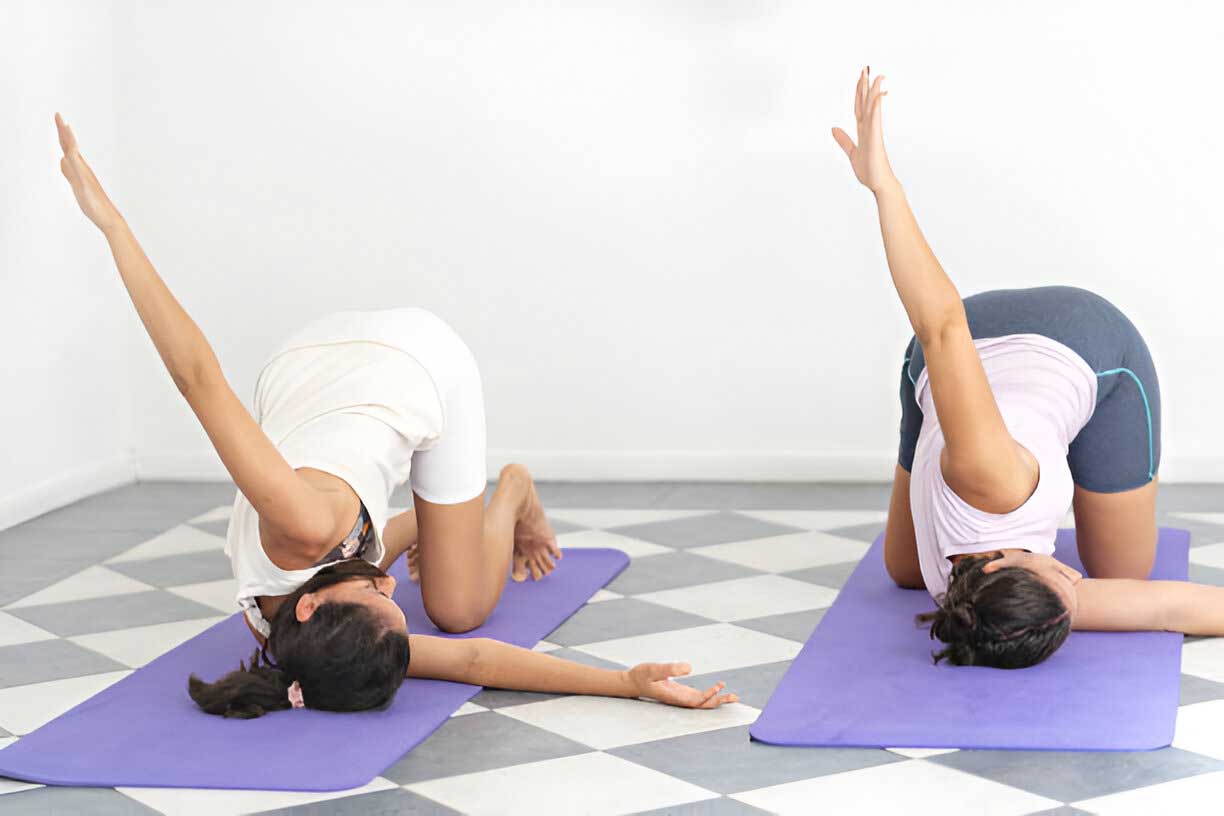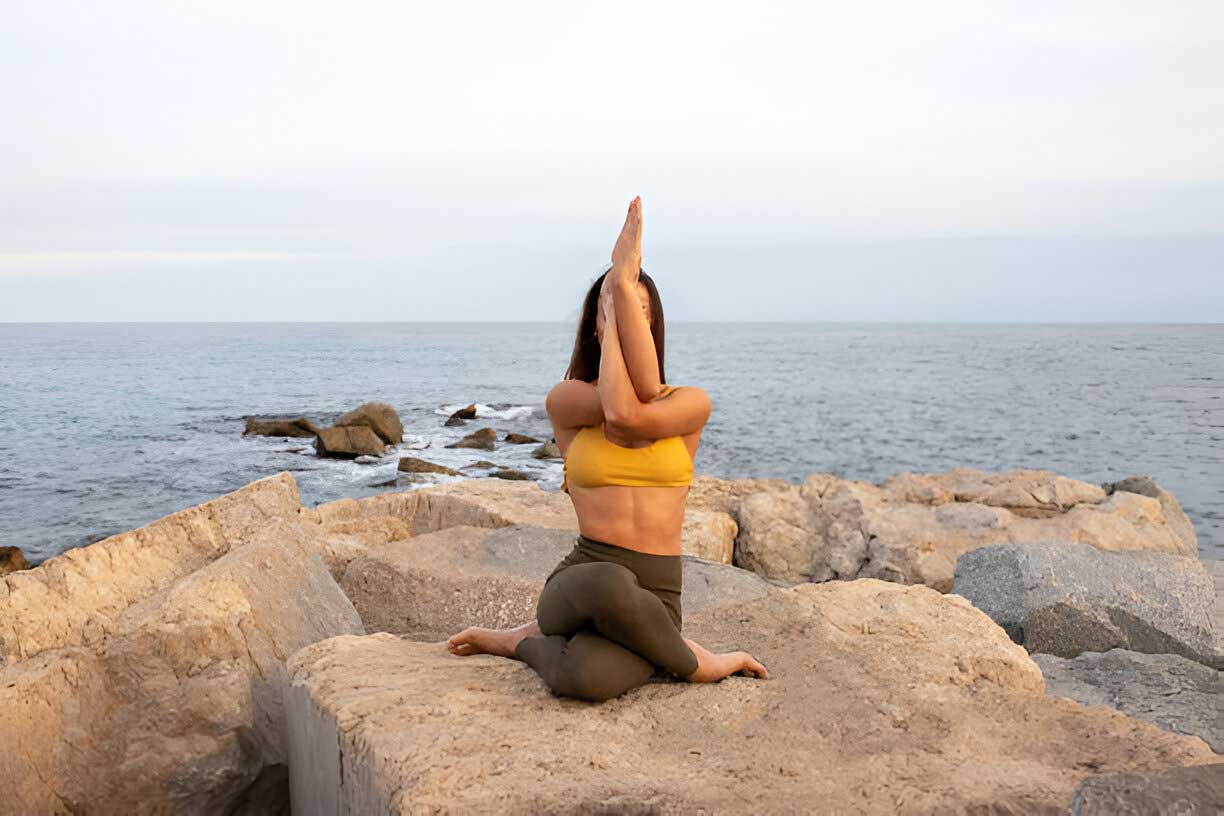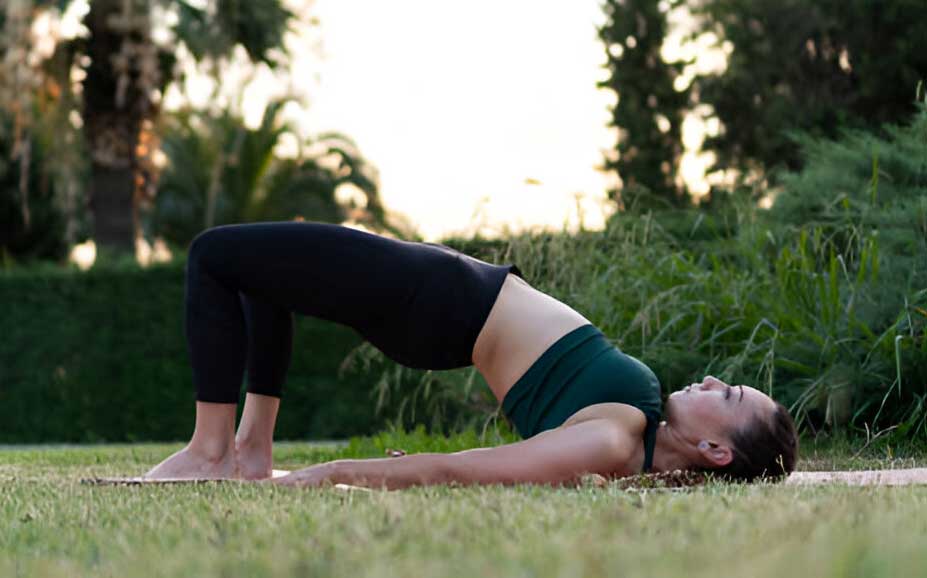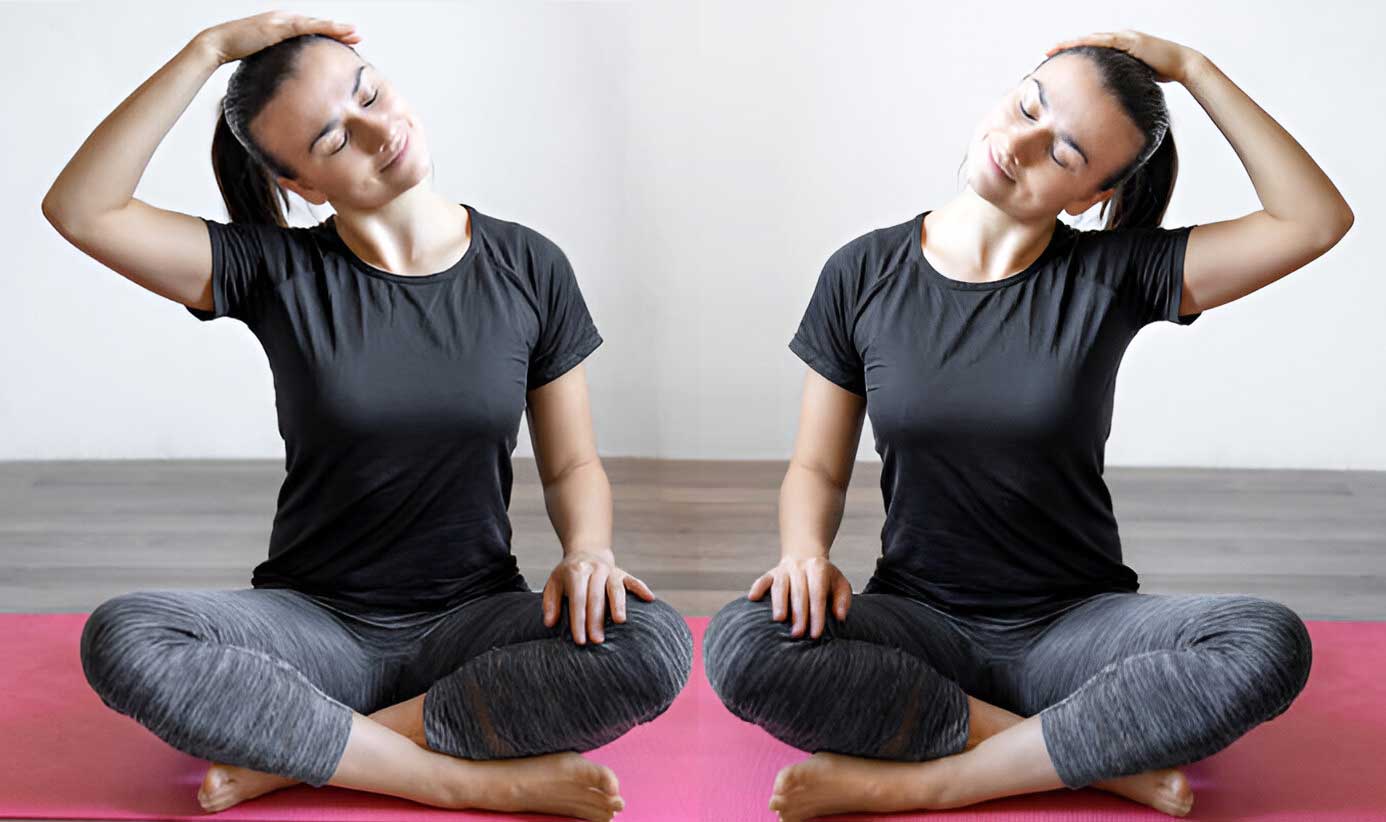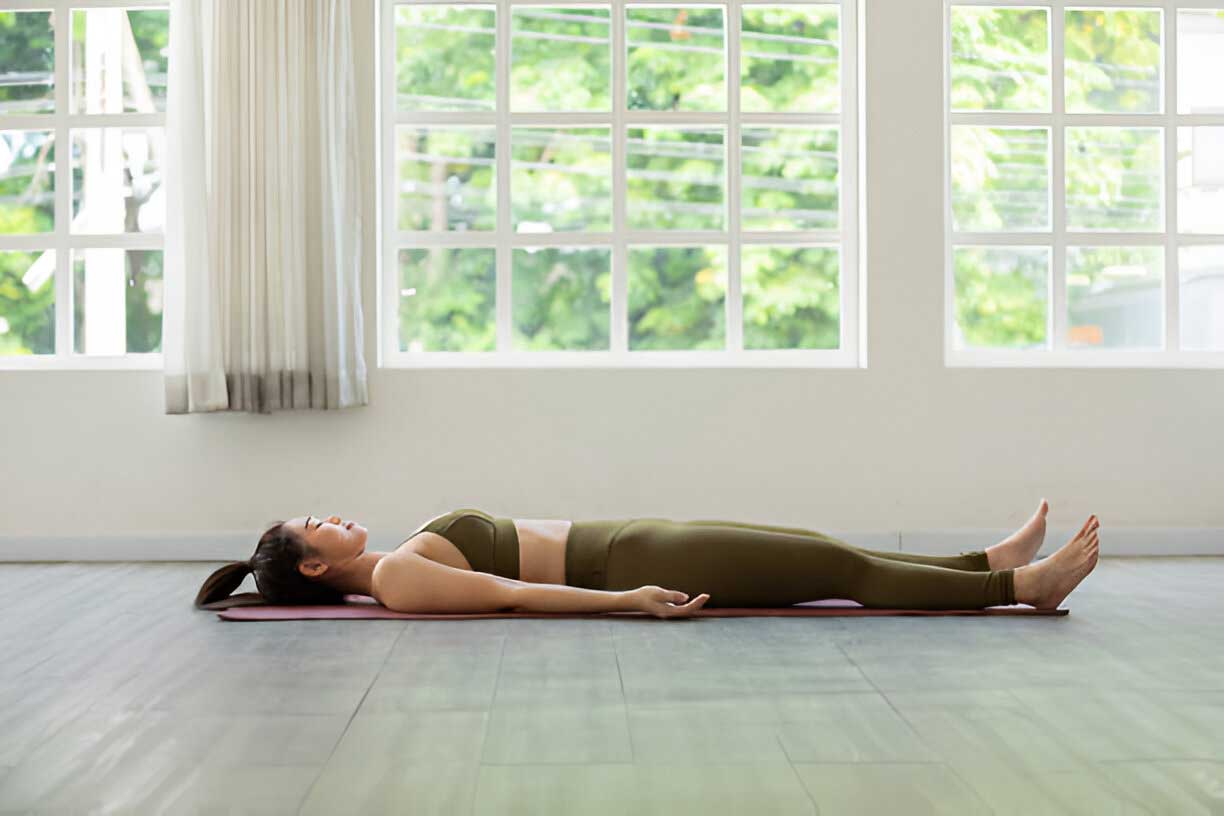What Yoga Poses Are Good for Relieving Neck Pain?
Neck pain is a common ailment that affects many people due to various factors such as poor posture, stress, or muscle strain. It can be uncomfortable and debilitating, making it difficult to perform daily activities. Yoga offers a natural and effective way to alleviate neck pain by stretching and strengthening the muscles in the neck, shoulders, and upper back. This article explores the best yoga poses for relieving neck pain and provides possible treatment options to complement your yoga practice.
Understanding the Causes of Neck Pain
Before diving into specific yoga poses, it’s essential to understand the common causes of neck pain. Identifying the underlying cause can help you choose the most appropriate yoga exercises and treatments to address your pain.
Common Causes of Neck Pain:
- Poor Posture: Slouching or hunching over a computer or phone can strain the neck muscles, leading to pain and discomfort.
- Muscle Strain: Overuse or sudden movements can cause muscle strains in the neck, resulting in stiffness and pain.
- Herniated Discs: A herniated disc in the cervical spine can press on nerves, causing neck pain and radiating symptoms in the arms.
- Tension Headaches: Stress and tension can lead to headaches and neck pain, often caused by tight muscles in the neck and shoulders.
- Degenerative Disc Disease: Age-related wear and tear on the discs in the neck can cause chronic neck pain and stiffness.
Yoga addresses these causes by improving posture, increasing flexibility, reducing tension, and promoting relaxation.
Effective Yoga Poses to Relieve Neck Pain
Certain yoga poses, known as asanas, are particularly effective for relieving neck pain. These poses target the muscles in the neck, shoulders, and upper back, helping to release tension and improve mobility. Here are some of the most effective yoga poses for neck pain relief:
1. Cat-Cow Pose (Marjaryasana-Bitilasana)
The Cat-Cow Pose is a gentle, flowing movement that stretches and loosens the muscles in the neck, shoulders, and spine. This pose improves spinal flexibility and relieves tension in the neck.
How to Perform:
- Start on all fours with your wrists under your shoulders and your knees under your hips.
- Inhale and arch your back, lifting your head and tailbone toward the ceiling (Cow Pose).
- Exhale and round your spine, tucking your chin to your chest (Cat Pose).
- Continue this flow for 1-2 minutes, synchronizing your breath with your movements.
Benefits:
- Stretches and loosens the neck and shoulder muscles
- Improves spinal flexibility and alignment
- Relieves tension and stress
2. Child’s Pose (Balasana)
Child’s Pose is a restorative yoga posture that gently stretches the neck, shoulders, and upper back. This pose helps release tension in the neck and promotes relaxation.
How to Perform:
- Kneel on the floor with your big toes touching and your knees spread apart.
- Sit back on your heels and lower your torso between your thighs.
- Extend your arms forward, resting your forehead on the mat.
- Hold this pose for 1-3 minutes, breathing deeply and allowing your body to relax.
Benefits:
- Stretches the neck, shoulders, and upper back
- Promotes relaxation and stress relief
- Gently decompresses the spine
3. Seated Forward Bend (Paschimottanasana)
Seated Forward Bend is a calming yoga pose that stretches the entire back, including the neck and shoulders. This pose helps release tension and improve flexibility in the upper body.
How to Perform:
- Sit on the floor with your legs extended in front of you.
- Inhale and lengthen your spine, reaching your arms overhead.
- Exhale and hinge at your hips, reaching for your feet or shins.
- Hold this pose for 1-2 minutes, breathing deeply and relaxing into the stretch.
Benefits:
- Stretches the neck, shoulders, and back
- Promotes relaxation and stress relief
- Improves flexibility in the upper body
4. Thread the Needle Pose (Parsva Balasana)
Thread the Needle Pose is a gentle twist that stretches the shoulders, neck, and upper back. This pose helps release tension in the neck and improves mobility in the spine.
How to Perform:
- Start on all fours with your wrists under your shoulders and your knees under your hips.
- Inhale and lift your right arm toward the ceiling, opening your chest.
- Exhale and thread your right arm under your left arm, resting your right shoulder and ear on the mat.
- Hold this pose for 1-2 minutes, then switch sides.
Benefits:
- Stretches the shoulders, neck, and upper back
- Relieves tension and improves spinal mobility
- Promotes relaxation and stress relief
5. Eagle Arms (Garudasana Arms)
Eagle Arms is a yoga pose that stretches the shoulders and upper back, helping to relieve tension in the neck and improve posture. This pose can be done seated or standing, making it accessible for all levels.
How to Perform:
- Sit or stand with your arms extended in front of you.
- Cross your right arm under your left arm and bend your elbows, bringing your palms or the backs of your hands together.
- Lift your elbows to shoulder height and press your forearms away from your face.
- Hold this pose for 30 seconds to 1 minute, then switch sides.
Benefits:
- Stretches the shoulders and upper back
- Relieves tension in the neck and shoulders
- Improves posture and spinal alignment
6. Sphinx Pose (Salamba Bhujangasana)
Sphinx Pose is a gentle backbend that targets the muscles in the neck, shoulders, and upper back. This pose helps strengthen the spine, improve posture, and alleviate neck pain.
How to Perform:
- Lie face down on the mat with your legs extended and feet hip-width apart.
- Place your elbows under your shoulders, forearms parallel to each other, and palms facing down.
- Inhale and lift your chest off the mat, keeping your lower ribs in contact with the floor.
- Hold this pose for 1-2 minutes, breathing steadily and focusing on lengthening your spine.
Benefits:
- Strengthens the neck, shoulders, and upper back muscles
- Improves posture and spinal alignment
- Reduces neck pain and stiffness
7. Bridge Pose (Setu Bandhasana)
Bridge Pose is an effective yoga exercise for strengthening the muscles that support the spine, including the neck and upper back. This pose also helps stretch the chest, shoulders, and neck, promoting better posture and reducing neck pain.
How to Perform:
- Lie on your back with your knees bent and feet flat on the floor, hip-width apart.
- Place your arms alongside your body, palms facing down.
- Inhale and lift your hips toward the ceiling, pressing your feet and arms into the floor.
- Hold this pose for 30 seconds to 1 minute, then slowly lower your hips back to the floor.
Benefits:
- Strengthens the muscles that support the spine
- Stretches the chest, shoulders, and neck
- Improves posture and spinal alignment
8. Seated Neck Release
The Seated Neck Release is a simple yet effective stretch that targets the muscles on the sides of the neck. This pose helps release tension and improve flexibility in the neck.
How to Perform:
- Sit comfortably with your spine straight and shoulders relaxed.
- Place your right hand on the left side of your head, gently pulling your head toward your right shoulder.
- Hold this pose for 30 seconds to 1 minute, then switch sides.
Benefits:
- Stretches the muscles on the sides of the neck
- Relieves tension and improves flexibility
- Reduces neck pain and stiffness
9. Legs Up the Wall Pose (Viparita Karani)
Legs Up the Wall Pose is a restorative yoga exercise that helps relieve tension in the neck, shoulders, and upper back. This pose promotes relaxation and improves circulation, making it ideal for unwinding after a long day.
How to Perform:
- Sit close to a wall with your knees bent and feet on the floor.
- Lie back and swing your legs up the wall, resting your arms at your sides.
- Hold this pose for 5-10 minutes, breathing deeply and allowing your body to relax.
Benefits:
- Relieves tension in the neck, shoulders, and upper back
- Promotes relaxation and stress relief
- Improves circulation and lymphatic drainage
10. Corpse Pose (Savasana)
Corpse Pose is a restorative yoga posture that promotes deep relaxation and stress relief. This pose helps calm the mind and body, which can alleviate neck pain caused by tension and stress.
How to Perform:
- Lie flat on your back with your legs extended and arms at your sides, palms facing up.
- Close your eyes and take slow, deep breaths, allowing your body to relax completely.
- Hold this pose for 5-10 minutes, focusing on your breath and letting go of any tension.
Benefits:
- Promotes deep relaxation and stress relief
- Calms the mind and body
- Alleviates neck pain caused by tension
Tips for Practicing Yoga for Neck Pain Relief
To maximize the benefits of yoga for neck pain relief, it’s important to approach your practice mindfully. Here are some tips to help you get the most out of your yoga routine:
- Start Slowly: If you’re new to yoga, begin with gentle poses and gradually increase the intensity of your practice.
- Listen to Your Body: Pay attention to how your body feels during each pose. If you experience pain or discomfort, modify the pose or skip it altogether.
- Use Props: Yoga props like blocks, straps, and bolsters can help you achieve proper alignment and make poses more accessible.
- Focus on Breathing: Deep, steady breathing is essential in yoga. It helps you relax, release tension, and enhance the effectiveness of each pose.
- Stay Consistent: Consistency is key to experiencing the benefits of yoga. Aim to practice these exercises 3-4 times per week for optimal results.
Possible Treatment Options to Complement Yoga
While yoga is highly effective for relieving neck pain, additional treatments can complement your practice and provide further relief. Here are some possible treatment options to consider:
1. Massage Therapy
Massage therapy helps relax tight muscles, improve circulation, and reduce stress. Regular massage therapy sessions can enhance the benefits of yoga by addressing muscle tension and promoting relaxation.
Benefits:
- Relieves muscle tension and pain
- Improves circulation and lymphatic drainage
- Reduces stress and anxiety
2. Chiropractic Care
Chiropractic care involves spinal adjustments and manipulations to improve spinal alignment and reduce pain. This treatment can complement yoga by addressing misalignments that contribute to neck pain.
Benefits:
- Improves spinal alignment and mobility
- Reduces pain and discomfort
- Enhances overall well-being
3. Physical Therapy
Physical therapy involves targeted exercises and stretches to strengthen the muscles that support the spine. A physical therapist can work with you to create a personalized exercise program that complements your yoga practice.
Benefits:
- Strengthens the muscles that support the spine
- Improves flexibility and range of motion
- Reduces pain and enhances recovery
4. Acupuncture
Acupuncture is a traditional Chinese medicine technique that involves inserting thin needles into specific points on the body. This treatment is believed to stimulate the flow of energy (Qi) and promote healing.
Benefits:
- Reduces pain and inflammation
- Promotes relaxation and stress relief
- Enhances circulation and lymphatic flow
5. Herbal Supplements
Certain herbal supplements can support the body’s natural healing processes and reduce inflammation. These supplements are often used in conjunction with yoga and other treatments to provide relief from neck pain.
Common Herbal Supplements:
- Turmeric: Contains curcumin, a compound with powerful anti-inflammatory properties.
- Boswellia: An herb that reduces inflammation and supports joint health.
- Devil’s Claw: A herb known for its pain-relieving and anti-inflammatory effects.
Consult a healthcare provider before starting any supplement regimen.
Conclusion
Yoga offers a natural and effective way to relieve neck pain, improve flexibility, and strengthen the muscles that support the spine. By incorporating specific poses like Cat-Cow, Child’s Pose, and Sphinx Pose into your routine, you can alleviate pain and enhance your overall well-being. Remember to practice regularly, listen to your body, and consider complementing your yoga practice with additional treatments like massage therapy, chiropractic care, or acupuncture.
With dedication and consistency, yoga can become a powerful tool in your journey toward a pain-free neck and a healthier, more balanced life.


